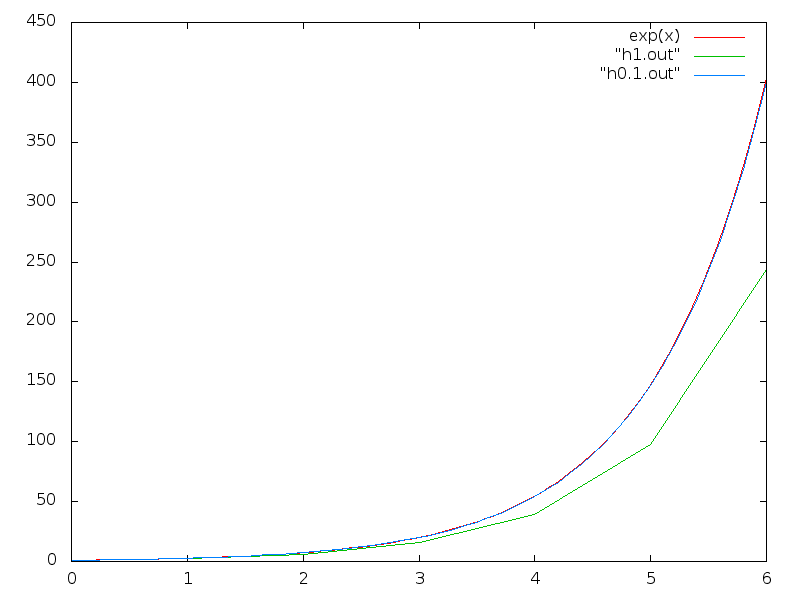In today’s post I want to explore the rigid body motion.
When a body moves, we can divide it into two distinct types of motion, a translation and a rotation. The translation can be treated with Newton’s Laws applied to the Center of Mass, but the rotation is a topic that often eludes people.
To try to develop the theory for the rotation of bodies we have to review the concept of a point mass particle, a body with negligible dimension, which means that rotation is undefined. How can we see if a point rotates? This means that rotation is a characteristic of sets of point particles and not of individual particles. This is the way we are going to define a rigid body of non-negligible dimensions, as a set of point particles whose distances between one another is constant.
Now that we know what we are studying, let’s define correctly the center of mass, a concept very important (and handy) for the study of rotations. The center mass corresponds to the position of the body (interior to the body or not) such that if the intire mass was compressed into that point, its motion could be accounted by only our knowledge so far of Newton’s equation. Imagine you throw a stick in the air with some rotation, there will be a point in the which will describe a parabola as predicted by the equations of a throw. The remaining points can be thought of translating with the center of mass (CM) and rotating around it.
The position of the center of mass can be calculated by:
i corresponds to a point particle of the body and we are summing over all of them.
As I said before the motion of each particle can be understood as a translation with the CM as well as a rotation around it. This means that the displacement in a particle i is given by:
Where is the change in angle of the particle with respect to the CM and
is the position of the particle in relation to the CM. One thing we must point out is that since the body is rigid, the same rotation will affect all particles. Only this way is the distance between them preserved.
Now let’s try to find more about rotations by writing the energy of the system, which will be the sum of the kinetic energies of all particles ()
However since are the distances in respect to the CM the weighted sum of all
will be zero, hence our expression becomes:
The energy then reinforces the idea that the motion is a translation of the CM plus a rotation around the CM.
Now let’s see if by expanding the energy of rotation we can find fundamental structure.
This last summation part needs care, if you don’t see it at first, please read it carefully. Dropping the summation sign to make the notation less cumbersome we have:
We know define a new quantity, the tensor of inertia where
Then the rotation energy can be written simply as:
And written explicitely will be:
If the body is continuous we just transform the summations into integrals over the entire volume of the body.
So now the inertial moment of a body is not only a scalar, it actually depends on the various directions of the rotation.
However the is a cool result which states that it is always possible to find a set of directions such that is diagonal, which eases the mathematics of the problems as well as give us a better insight into the symmetries of the body. These directions are called the principal axis of the body.
The next point in our analysis will be developing an analog to the linear momentum for rotations, and then develop a analog to the Newton’s second equation but for rotations.
In the generalization of the momentum, we start by defining it as $m\vec r\times \vec v$ for a point particle. Then for a full body:
Deriving :
Now we found a quatity that varies our Angular momentum the same way as in Newton’s second law.
We now have the basis for the rigid body motion.
References: Landau Volume 1 Mechanics

